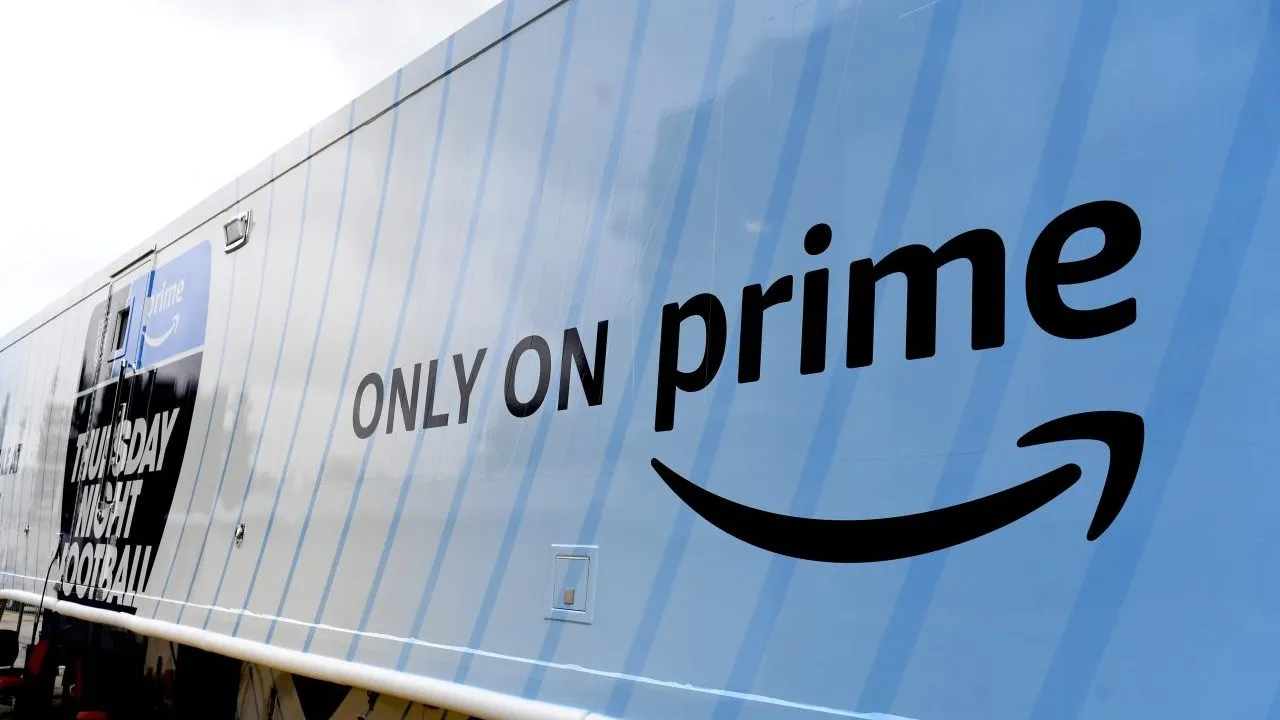Amazon Prime Membership Hits 196 Million in the U.S.
With Prime membership holding at 75% of Amazon buyers, brand loyalty—not just logistics—is driving marketplace success.

What’s happening:
New research from CIRP shows that U.S. Amazon Prime membership hit an estimated 196 million active users in Q1 2025—up 9% year over year. While growth has slowed, penetration remains strong, with 75% of all Amazon buyers now Prime members, the same peak level seen over the past year.
Why it matters:
For sellers, Prime remains Amazon’s most powerful growth engine. While total Prime adoption is maturing, buyer engagement is not declining. Prime shoppers are still Amazon’s most loyal and highest-spending customers. This latest data confirms that Prime is stable—and sellers that leverage it well are best positioned to win.
At a Glance
196 million U.S. Amazon customers now use Prime
That’s a 9% YoY increase from 180 million in Q1 2024
Prime penetration among Amazon buyers remains steady at 75%
Growth is driven by new shoppers entering the market and churned reactivations
(Source: CIRP – Consumer Intelligence Research Partners)
The Deep Dive
Prime Adoption: Slower, But Still Strong
According to CIRP’s March 2025 data, U.S. Prime membership continues to grow—though not at the breakneck pace of the past. The 9% annual growth rate tracks closely with broader eCommerce expansion in the U.S.
“At this point, there are few online shoppers who are not already familiar with Amazon and the Amazon Prime option,” wrote Michael Levin and Josh Lowitz of CIRP. “Growth comes from positive churn and overall eCommerce market growth.”
This suggests Amazon is maintaining its grip on habitual shoppers, while pulling in new segments through broader product reach and media offerings (e.g., Prime Video, Rx, Buy with Prime).
.png) Image credit: CIRP Consumer Intelligence Research Partners, LLC
Image credit: CIRP Consumer Intelligence Research Partners, LLC
75% of Amazon Buyers Are Prime Members
The real signal for sellers isn’t just the raw number—but the Prime penetration rate. CIRP reports that three out of every four Amazon buyers are Prime members, a stat that’s held steady for over a year.
This means:
Prime visibility continues to be a competitive necessity
Non-Prime sellers face shrinking reach unless their offers are price- and experience-superior
Programs like FBA and SFP (Seller Fulfilled Prime) are more valuable than ever
For sellers using Fulfilled by Amazon (FBA), this entrenched Prime saturation supports better conversion rates, faster delivery promise display, and stronger customer trust.
What Sellers Should Do
1. Audit Prime Eligibility on Key Listings
Review your top-performing SKUs and ensure Prime delivery is available. For items currently FBM (Fulfilled by Merchant), consider moving to FBA or using Goflow’s multi-warehouse tools to increase Prime coverage.
2. Watch for Prime Saturation Plateaus
With growth slowing, Amazon may begin shifting focus from adding new Prime members to increasing average spend. This could influence ad strategies, Amazon promotions, and merchandising algorithms.
3. Align with Prime Habits
Prime shoppers are fast to reorder, loyal to Prime-eligible sellers, and sensitive to delivery delays. Optimize your inventory placement, buffer levels, and shipping automations through Goflow to maintain strong SLA performance.
What to Watch
Will Amazon make it easier to qualify for SFP amid renewed interest in merchant-controlled fulfillment?
Will Prime promotions become more selective or expensive in a saturated market?
Could new Prime features (e.g., healthcare, media) affect customer purchase behavior on core categories?
Bottom Line
Amazon Prime remains a dominant force in U.S. eCommerce. With 196 million customers and 75% buyer penetration, it’s not just a subscription program—it’s the default way Americans shop online.
Sellers who align their logistics, pricing, and product strategy to meet Prime expectations will continue to thrive in Amazon’s high-velocity ecosystem. Those who don’t may find their visibility—and their conversion—falling behind.
Let me know if you’d like the full blog package with metadata, newsletter feature, and LinkedIn post.
